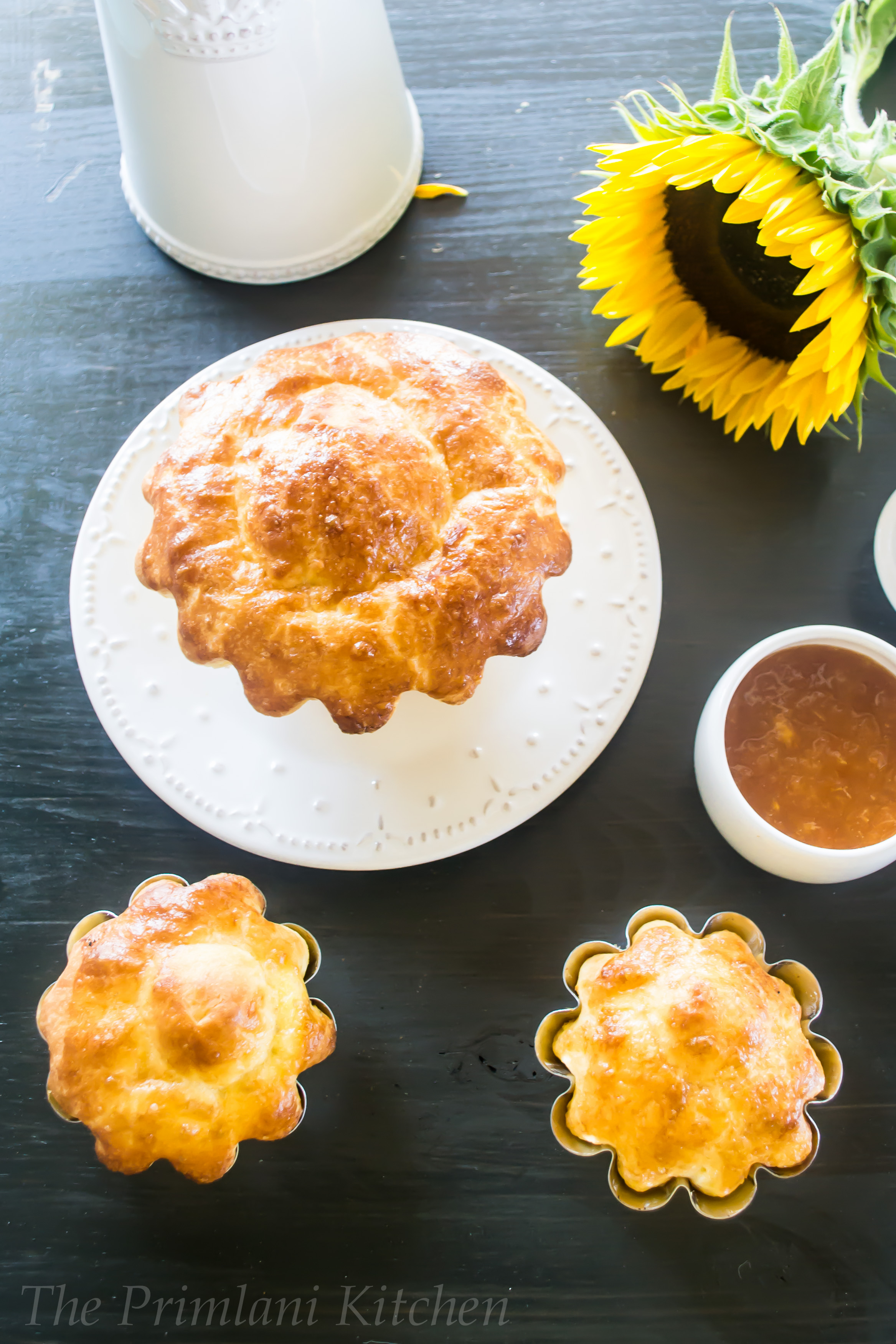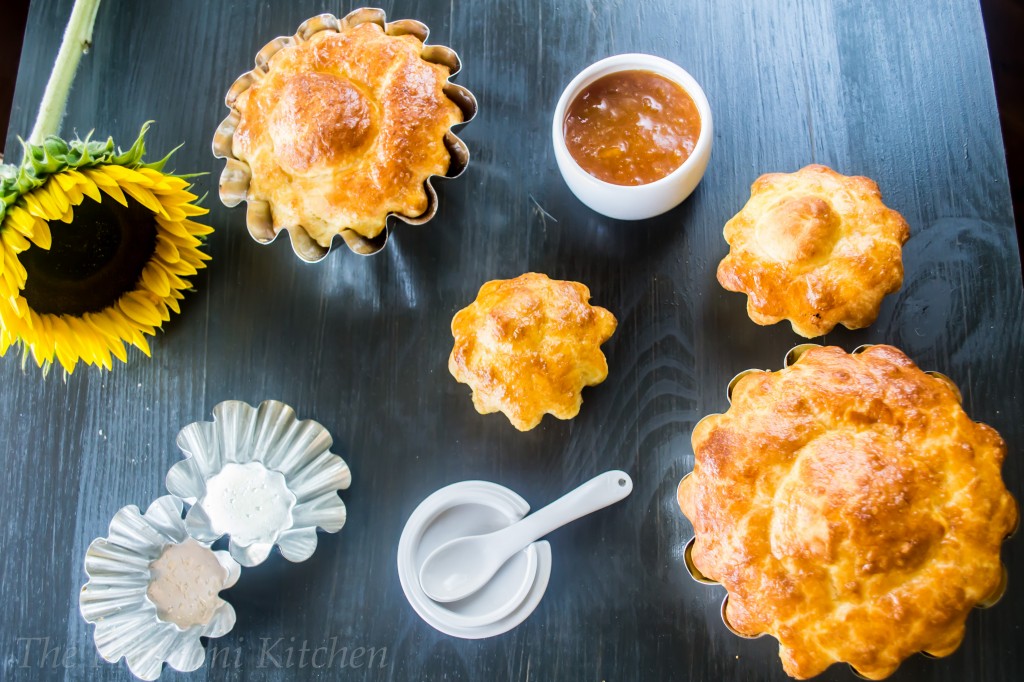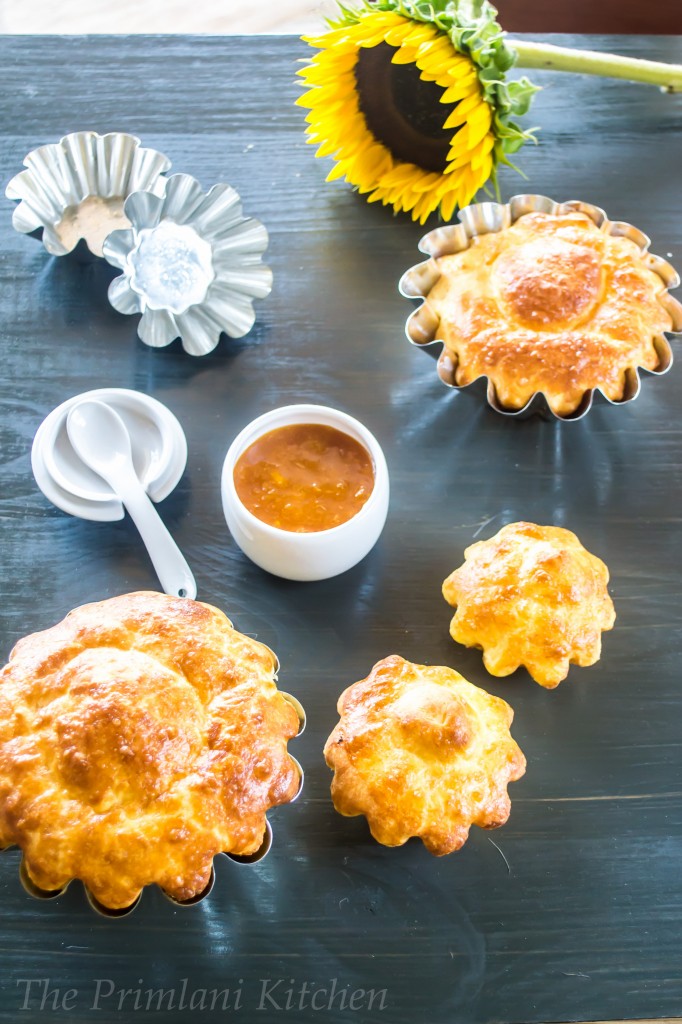As some of you already know, one tradition I diligently maintain on Friday’s is baking something sweet for the children. A small treat for the end of the school week and an indulgent start to the weekend. How perfect is it that tomorrow happens to be Bastille Day, so I am sharing a little French cuisine to kick off your weekend!
I am not one to play favorites, I love food period. Well maybe I will rephrase to state I love good food, regardless of the age, gender, and region.
That said, once in a while a girl especially, one as opinionated as myself, succumbs to her weakness. And for me, that moment of pure orgasmic experience, food that gratifies my very core incontestably is French Cuisine.
A tad surprising even for me; growing up with a mélange of bold spices should have adulterated my palate to an extent that without spiciness I might not appreciate certain dishes, (one reason why Indians in particular don’t fancy French food). I guess I am an aberration to the Indian population.
French food is aptly labeled ‘haute cuisine’. French cuisine is characterized by its diversity and style with each region of France showcasing its own distinctive cuisine. French cooking ranges from the olives and sea food of Provence to the butter and roasts of the Tours, from the simple food of bistros to the fanciful confections of Michelin star restaurants and chocolatiers. The common factor binding the distinctive regions is the seriousness about food. Any cook will tell you that French food will not tolerate shortcuts; a quality which I admire and relate to the most.
My photography or writing may not seem at par but I do not take shortcuts when it comes to my cooking. I firmly believe fresh and good quality ingredients produce exceptional results. The true test of good food lies in taste – it is an open invitation to all, try my food and I guarantee that you will be impressed. It seems apt to quote Ms. Child here:
“You never forget a beautiful thing that you have made,’ [Chef Bugnard] said. ‘Even after you eat it, it stays with you – always.”
I have yet to dislike any French dish I have tasted. Choosing favorites is like asking a mother ‘which child of yours do you love the most’. That said, a few guilty indulgences that do come to mind are: foie gras, truffles, cheeses, croissant, brioche, mustard, fruit tart, and red wine. I do make a killer Bouef Bourguignon with the meat marinating in wine. Speaking of baked goods, I have learned to create the most Buttery Brioche thanks to Peter Reinhardt. I adore croissants but that I will leave for the experts. Did I mention Hollandaise? Hollandaise is one of the five sauces in the French Haute Cuisine (mother sauce) repertoire and notoriously difficult to perfect. Oh my, looks like I am on a roll but I will spare all of my readers from my passionate obsession for French Food.
Some of the world’s most expensive and rich foods come from France. Their rareness and the techniques used to make them are sometimes very time-consuming and questionable. To commemorate Bastille Day, it would be apt to showcase one of France’s rich indulgences and great gift to the world of baking – Brioche.
Rich Man’s Brioche
Peter Reinhart shares three recipes for a Brioche in his book ‘The Bread Baker’s Apprentice’: Rich Man’s Brioche, Middle Class, and Poor Class. Quoting Peter Reinhart “Brioche is the standard by which all rich breads are judged”. Now, I have traveled extensively and a brioche or croissant are my standards for great bread. My family had been hearing me whine at our travels that this brioche is hardly a brioche or this croissant sucks. Finally, to demonstrate what an ‘authentic’ brioche tastes like, I decided to bake the Rich Man’s Brioche for my family. One bite of the freshly baked buttery indulgence and my family understood my obsession with French bread.
Makes 16 to 24 petites Brioche à tête, 2 to 4 large Brioche à tête, or three 1-pound loaves.
Sponge:
- 1/2 cup (2.25 oz) King Arthur unbleached bread flour
- 1 tablespoon (.33 oz) instant yeast
- 1/2 cup (4 oz) whole milk, lukewarm
Dough:
- 5 large (8.25 oz) eggs, slightly beaten
- 31/2 cups (16 oz) King Arthur unbleached bread flour
- 21/2 tablespoons (1.25 oz) sugar
- 11/2 teaspoons (.38 oz) kosher salt
- 2 cups (16 oz) unsalted butter, room temperature
- 1 egg, whisked until frothy for egg wash
- To make the sponge, stir together the flour and yeast in a bowl of an electric mixer. Stir in the milk until all flour is hydrated. Cover with plastic wrap and ferment for 20 minutes.
- To make the dough, add the eggs to the sponge and beat on medium speed with a paddle attachment until smooth. In a separate bowl, stir together the flour, sugar, and salt. Add this mixture to the sponge and eggs and continue to mix with the paddle attachment on low speed for 2 minutes. Let this mixture rest for 5 minutes. Then, on medium speed gradually work in the butter, about one-quarter at a time, waiting until each addition of butter assimilates before adding more. Continue mixing for about 6 more minutes. The dough will be very smooth and soft.
- Line a sheet pan with parchment paper and mist lightly with spray oil. Transfer the dough to the sheet pan, spreading it to form a large, thick rectangle measuring about 6 inches by 8 inches. Mist the top of the dough with spray oil and cover with plastic wrap.
- Immediately put the pan in the refrigerator to chill overnight.
- Remove the dough next day from the refrigerator and shape it while it is very cold. Lightly oil fluted molds with spray oil. Divide the dough based on your mold. The size of each proportion should correspond to the size of the molds. Whatever size you are making, the molds should only be half full with dough to allow for expansion during proofing. Shape the brioches and place the molds on a sheet pan after final shaping.
- Mist the top of dough with spray oil and cover loosely with plastic wrap. Proof the dough until it nearly fills the pan, 2 hours about. Gently brush the tops with egg wash. Cover the dough with plastic wrap and proof for additional 30 minutes.
- Preheat the oven to 400 degrees F.
- Bake the brioches on the middle shelf for about 15 to 20 minutes for petite Brioche à tête and 35 to 50 minutes for larger shapes. The bread should be hollow when thumped on the bottom and be golden brown.
- Remove the brioches from the pans and cool on a rack for at least 20 minutes for small brioches and 1 hour for larger shapes before serving.
PETER REINHART is the author of six books on bread baking, including the 2008 James Beard Award-winning WHOLE GRAIN BREADS; the 2002 James Beard and IACP Cookbook of the Year, THE BREAD BAKER’S APPRENTICE; and the 1999 James Beard Award-winning CRUST AND CRUMB. He is a full-time baking instructor at Johnson and Wales University and the owner of Pie Town restaurant in Charlotte, North Carolina.
Tomorrow is Bastille Day. Do you relish French Cuisine? What is your favorite French food?
About Author
You may also like
-
Healing Powers of a Home-Cooked Comfort Meal! #covid19 #stayathome #india
-
Family Friendly Recipes to Try While We #Stayathome! #bread
-
Food Lovers Guide to Mexico City! #travel #mexico
-
10 Reasons Why Greenville, SC Should be Your Next Travel Destination! #FFGVL
-
Tantalizing Tandoori Kebabs & Countertop Induction Oven by @PanasonicUSA #mycio
1 thought on “Celebrating #BastilleDay With My Favorite French Bread: Buttery Brioche!”
Comments are closed.




I’ve never made brioche before, but this looks great! I always assume any French breads will be too technical and difficult, but I might be bold and give it a go.